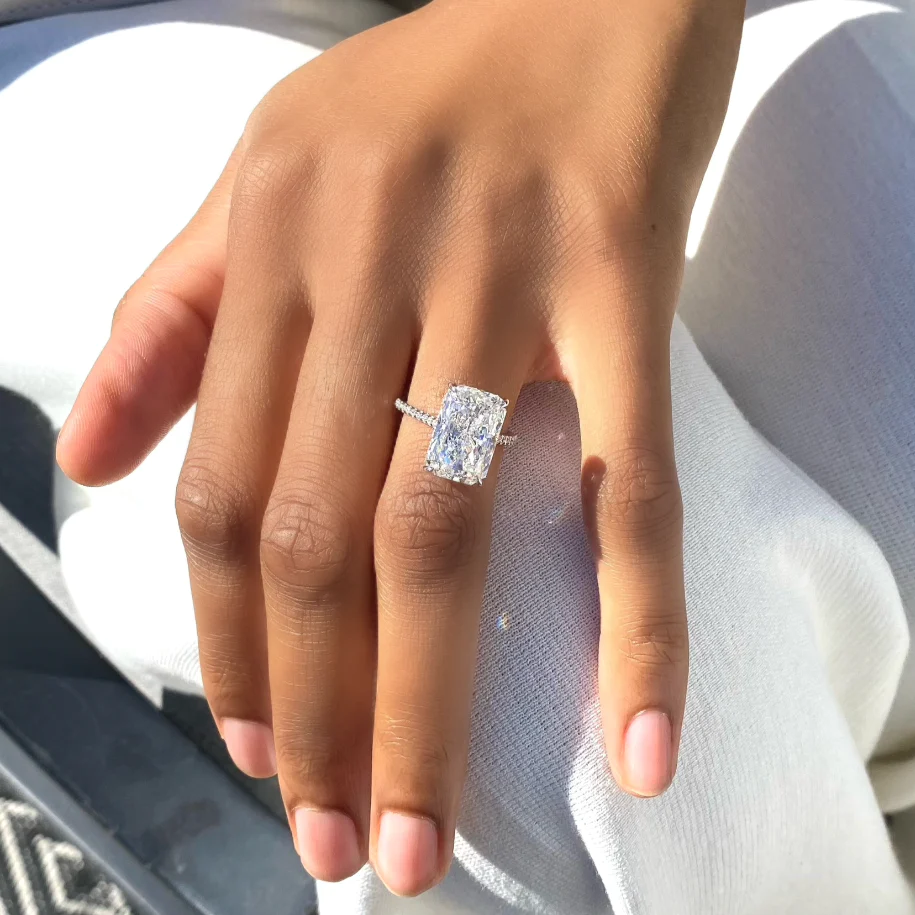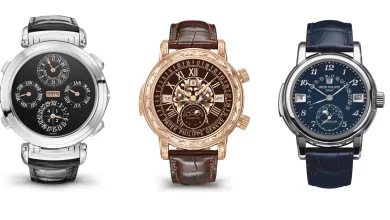
Pavé Diamond Rings: Using Subtle Details to Make a Bold Statement
Few items of fine jewelry can compare to the charm and attractiveness of pavé diamond rings. These magnificent works of art combine the classic beauty of diamonds with the deft artistry of small details to create a stunning statement piece that captivates the attention of both wearers and observers. There is a lot to learn about jewelry, including many fascinating tidbits and foreign vocabulary. Pavé settings are a common jewelry feature; the word pavé is French for pavement.
When a ring’s description uses the word “pavé,” it’s referring to the smaller diamonds that are arranged tightly together on the setting. The tiny diamonds give it a distinctive style and more shine. To create the illusion of a continuous band or line of tiny diamonds, pavé diamonds are kept in place using metal prongs or beads. Pavé diamonds are usually between 0.01 and 0.02 carats, while side or band diamonds are larger.
A Shining Heritage
The art of pavé diamond work dates back to the 17th century, when talented European craftsmen experimented with different methods to produce elaborate designs and settings for priceless stones. The 1920s and 1930s Art Deco period gave rise to the pavé method as we know it today, which became associated with the geometric patterns and motifs of the time.
The incorporation of pavé diamonds in the designs of renowned jewelry firms such as Cartier and Van Cleef & Arpels cemented the technique’s reputation as a mark of exquisite workmanship.
The Power of Opposite
An intriguing contrast is produced in jewelry design when delicate and strong features are combined. To add drama and dazzle, picture a setting with a sizable center stone surrounded by an ocean of pavé little diamonds that are tightly spaced. Pavé is a flexible accent that complements many different ring styles. Examine rings both in person and online to gain a better understanding of the pavé options.
Design Features
The jeweler must take great care of pavé diamonds because they are extremely tiny and the band is thinner. The pavé diamonds are put into the band by jewelers drilling small holes into it. The jeweler next adds tiny prongs or metal beads to hold the gems in place. There are even smaller pavé diamonds that are placed in narrow bands; they are referred to as “micro-pavé.” The aggressiveness of a setting with closely spaced diamonds is complemented by these subtle embellishments.
Style Flexibility
Additionally adaptable, the pave setting looks good on a variety of jewelry items, such as stackable bands, cocktail rings, wedding bands, and engagement rings. You’ll see pavé settings in more jewelry now that you know more about them. Wearing a single band for a more understated appearance or stacking many pavé rings together can make a statement.
Inspiration from celebrities
Celebrities are another source of pavé inspiration since many of their engagement rings have exquisite pavé designs. Blake Lively, Chrissy Teigen, and Kourtney Kardashian have some of our favorite engagement rings. In late 2021, Kourtney became engaged to Blink-182 drummer Travis Barker. Her gorgeous band includes an approximately 15-carat oval-cut diamond engagement ring. The larger, bolder diamond contrasts with the delicate pavé band, creating a well-balanced engagement ring. Chrissy Teigen’s engagement ring is another stunning example of a pavé engagement diamond. The diamond is cushion-cut and set on a pavé eternity band.
By combining her engagement ring from singer John Legend with pavé diamond eternity rings on either side of it, Chrissy forms a striking ensemble. A big, huge diamond with subtle pavé embellishments is the focal point of this stunning stack. The engagement ring of actress Blake Lively has some unusual characteristics.
Actor Ryan Reynolds and actress Blake Lively got engaged in secret. Ryan proposed a micro-pavé band engagement ring set with a 12-carat oval-cut diamond solitaire. The pink diamond looks great in the rose gold setting, and the large diamond contrasts nicely with the other diamonds in the band.
How to Maintain Pavé Diamond Rings
In paved areas, dirt and grime can hide. Pour some warm water into a bowl and mix in a small amount of dish soap. Give your ring a few minutes to soak; the more time it needs to soak, the dirtier the ring. Gently brush the area behind the stones, where dirt and grime may accumulate, with a soft toothbrush. Apart from routine polishing, you should have an expert jeweler examine your ring once a year.
The jeweler can examine the pavé-set stones more closely to ensure that all of the prongs are in good shape and that the stones are firmly fastened in place. Whether the diamonds are lab-created or real, losing a stone changes the appearance of the ring and increases the cost of repair and replacement. A professional inspection will always be beneficial.
Final Thoughts
Any ring, from wedding bands to engagement rings, looks more delicate with pavé settings. Large diamonds and tiny pavé diamonds work nicely together to produce a striking yet well-balanced ring. Pavé is the French word for pavement, which makes it easy to remember. A thicker setting with plenty of tiny diamonds resembles a glittering boulevard of stones.
You can find inspiration for rings from celebrities, and this adaptable feature works well with a wide range of designs. Whatever setting you decide on, take good care of it to make it last for many years.



